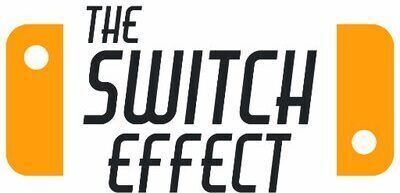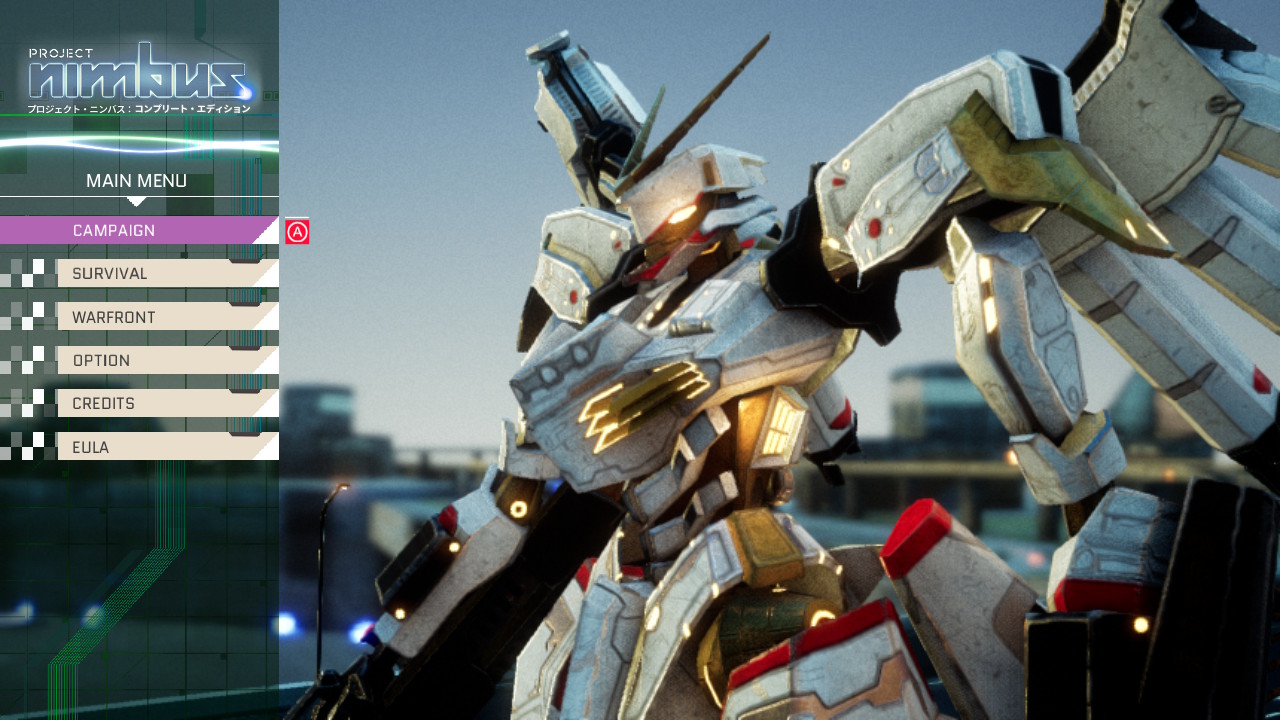Project Nimbus:
Complete Edition
Nintendo Switch
Developed By: GameTomo
Published By: GameTomo
Category: Action, Arcade
Release Date: 05.16.19
One of my favorite things about Switch ports is that we almost always get the complete edition of the games being ported. No buying additional DLC months or years after a game has come out, no waiting for the next chapter of serialized games, and no browsing through the store trying to figure out which pieces of DLC are worth buying. I just get it all, and I’m done. Project Nimbus: Complete Edition for the Nintendo Switch is the latest proud carrier of that tradition, containing both the base Project Nimbus game as well as the Code Mirai expansion with its two additional story acts and some extra game modes. More important than getting the total package, however, is the fact that Project Nimbus is a fast-paced mech action game in the vein of the Armored Core series, with a few differences. “Fast-paced mech action game” happens to be one of my favorite phrases in the English language, so PN was right up my alley. Obviously I’ll get to the full review in a second, but I can possibly save you some time right now and just tell you that if you need a game to tide you over until Daemon X Machina, this is the one.
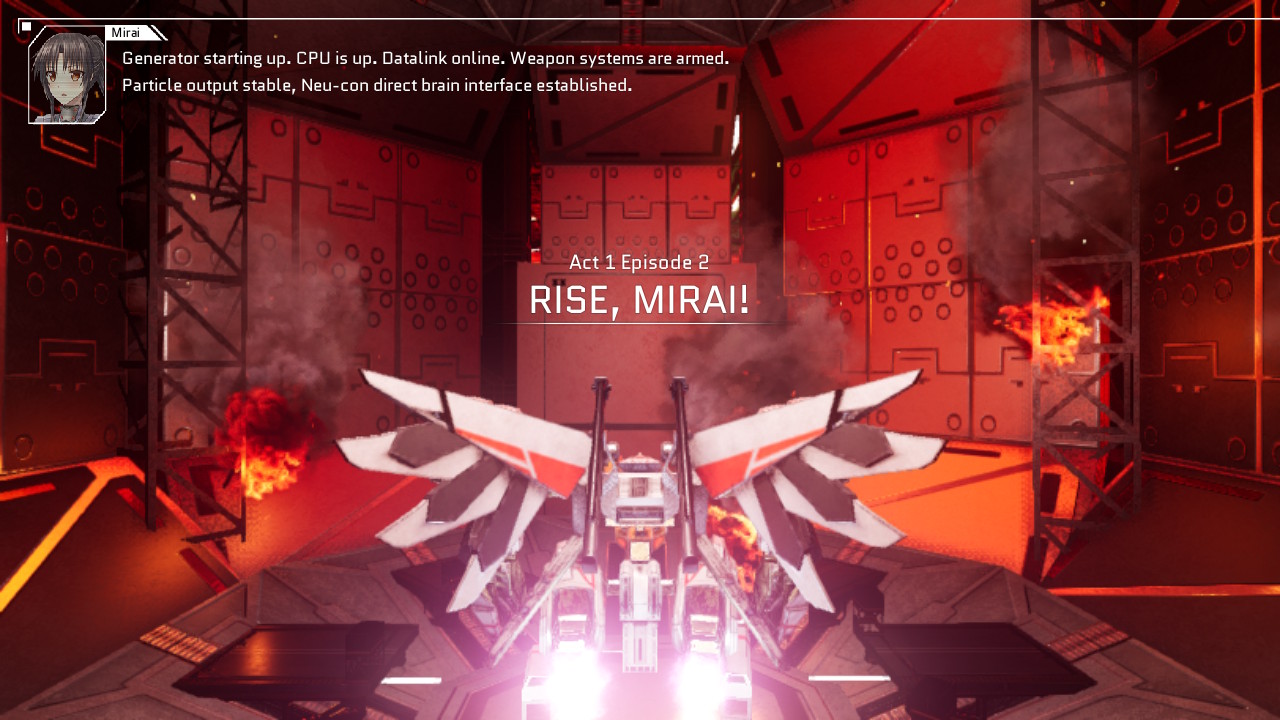
Floating Cities and Surface Tensions
In the world of Project Nimbus, the surface of the earth has been ravaged by numerous nuclear wars. The most powerful nations left have raised their cities into the air, leaving millions (or more) stranded in the wasteland underneath. Some of these survivors have banded together to form the Children of Fallen Nations, an organization seeking to enact their justice against the nations that abandoned them. The majority of the game’s missions follow MITHRIL, a private military contractor working for the Coalition of Free Nations, a US-led entity encompassing the Americas – though every once in a while you get to play a mission as a pilot for one of the other factions. MITHRIL has been entrusted with an experimental battle frame; the GCTX-01 Mirai, as well as its mysterious pilot, also (coincidentally, I’m sure) named Mirai. As powerful nations’ interests clash and speed the world toward another protracted conflict, Mirai’s hidden potential may be the key to ending the conflict quickly – if MITHRIL can keep her alive that long.
Project Nimbus’s storyline reminded me of a good military mech anime series, like Gundam and its ilk. I felt engaged and drawn into its world the whole way through, despite somewhat minimalist storytelling techniques. Most of the game’s narrative was told through mission briefings and short audio logs accessible between missions. They weren’t especially visually engaging, so the voice work and writing had to carry most of the weight. The writing wasn’t always super sharp and often contained some awkward phrasing, but the world it built was interesting enough to keep my attention.
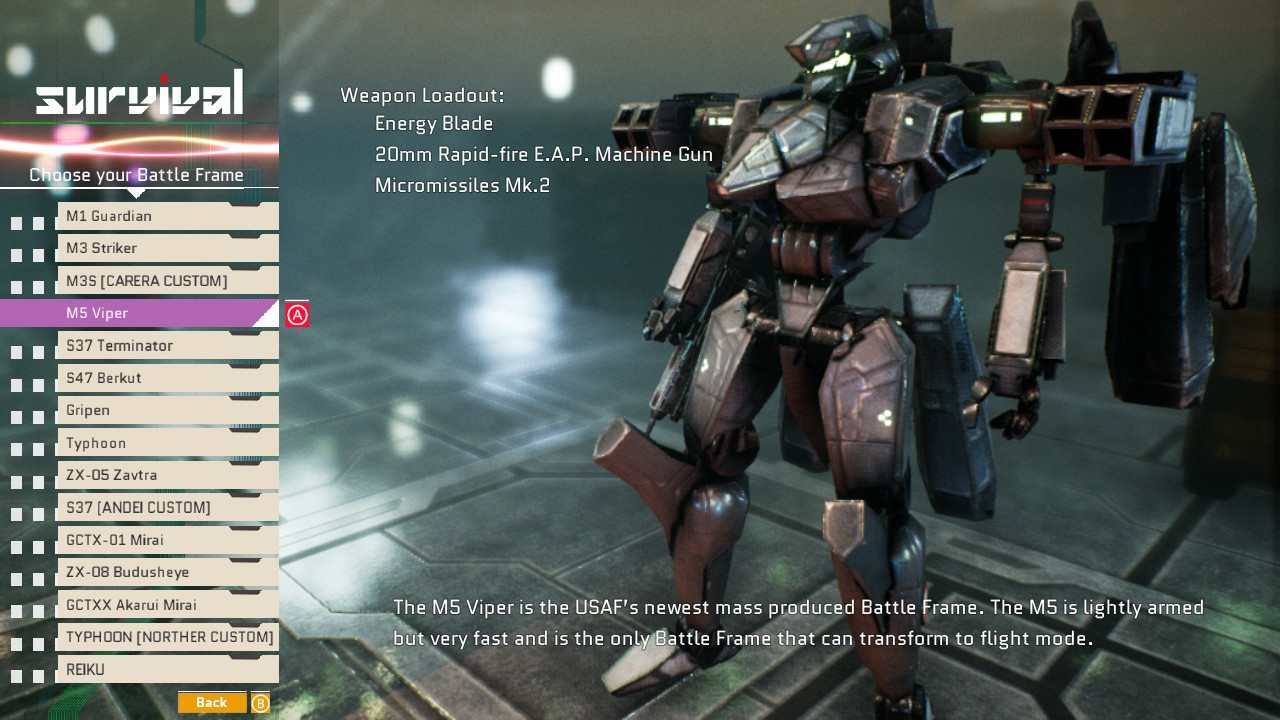
Shoot for the Sky
As much as I enjoyed the story, the main attraction of Project Nimbus is its aerial mech combat action. At times it can be quite fast-paced, but there are sometimes breaks in the action that slow things down a bit. The ill effects of a lull in combat are pretty self-explanatory; who wants to play a slow action game, especially with mechs? Mech combat should be fast and powerful to really be satisfying. Luckily, these breaks mostly only occur during expository dialogue sections, so there is something else to catch your attention. Sometimes, though, there are just enemies on the other end of the battle area that you need to run over to, and those lulls can be kind of boring. Still, the game keeps things interesting overall.
The controls are fairly smooth and responsive. Firing weapons with the trigger is intuitive – what games don’t use the triggers for firing? – and navigating your mech around the screen is a bit more complex, but after a mission or two it feels more natural. The left and right thumbsticks control movement and camera, respectively, which felt comfortable right away, but elevating with the X and B buttons took some getting used to. Aiming with the thumbsticks was a little wonky, but there is a lock-on function that more than makes up for this. Those controls are universal to all battle frame types, but some mechs also have a boost function and/or a melee attack you can use, too. Overall the combat is fun and satisfying.
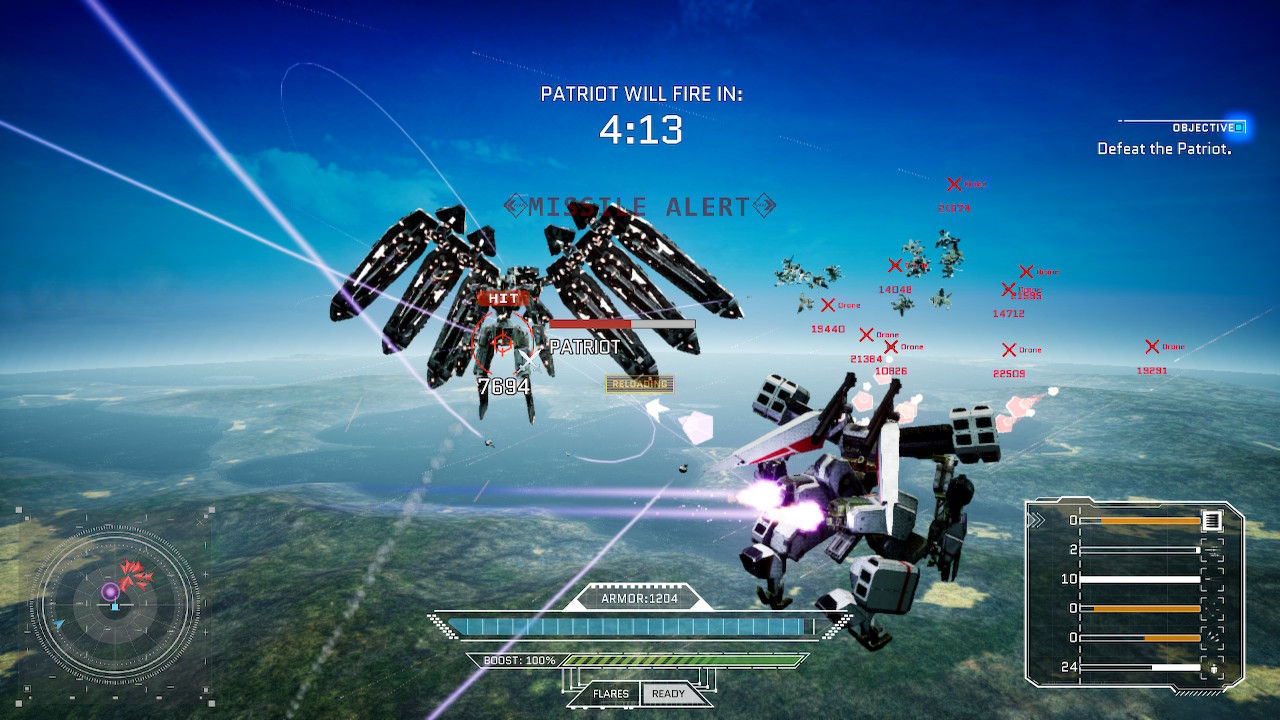
Weapon of Choice
Different story missions will sometimes put you in the cockpit of different battle frames, each of which has different weapon loadouts or capabilities. I already mentioned that some mechs don’t have boosters or melee attacks, but the main and most important difference between battle frame models is their armament. Weapons range from machine guns to sniper rifles, from laser-equipped drones to high-powered rifles. They all have different rates of fire, attack power, and, most importantly, reload speed. You have unlimited ammo for all your weapons, but each weapon can only fire so many times before it needs to reload. Reloading is done automatically when your weapon’s ammo runs dry, which is useful, but it also leaves you unable to attack for a few seconds. You can use the weapon wheel to switch to a different weapon if you have one, but if you don’t or all your weapons are reloading, you’re just going to have to dodge for a second.
The only real complaint I have about the mech loadouts is that they’re all preset. Something I absolutely adore in mech games is the ability to customize the robots I pilot; I think the Front Mission series is one of the better examples of this, even though that is a strategy RPG rather than an action game. Armored Core is another series that handles customization extremely well, and the aforementioned Daemon X Machina looks like it will have a pretty comprehensive customization mechanic as well. While I liked the variety and design of robots in Project Nimbus, I can’t help but want to play around with the loadouts a bit.

An Endless Warfront
In addition to its story mode, Project Nimbus has two more game modes for players to challenge. Survival is an endless fight, where enemies just keep coming in waves until your battle frame is destroyed. The game tracks high scores, and, more importantly, lets you choose any mech in the game to pilot. It’s fun enough, but it’s just repetitious combat, so I got a little bored with it quickly. Warfront mode is a lot more fun. You choose one of the game’s political factions, and play one of six mission types to advance your rank within that organization’s military. Ranking up grants you access to more advanced battle frames. You also get resources for completing missions, which can be used to power up your battle frames’ stats, so it adds a little bit of a role-playing element to the game as well. You still can’t change the loadout, though. The game’s story campaign is probably still my favorite of the three game types, but I had a great time playing warfront as well.
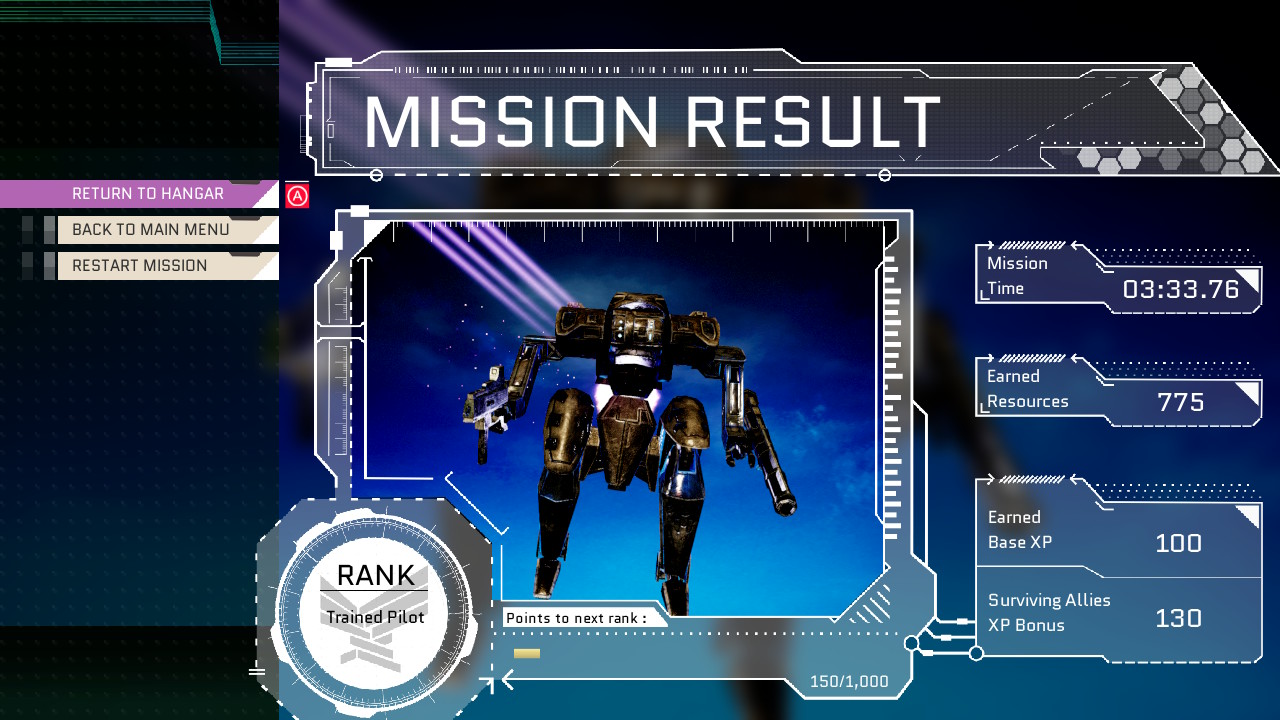
Advanced Robot Design
PN’s graphics are decent, but not mind-blowing. The level of detail in the game’s backgrounds reminds me of the late PS2/early PS3 eras; which is to say things are a little bland. Everything has gotten a high-def makeover for the port, though, so that’s pretty cool. But this is a mech game – who cares about the backgrounds? There’s only one question that matters about PN’s visuals; do the giant robots look awesome? Short answer: yes. Slightly longer answer: hell yes. There are fifteen different battle frames to play across the game’s various modes, and they all look badass. I think the Mirai is probably my favorite, but the M5 Viper can transform. Transform! All I’ve ever wanted in life is a transforming giant robot to call my own.
The game’s audio design is fairly high-quality. The music is a great mix of electronic and traditional instrumental tracks. The soundtrack gets hot and fast during missions, and a bit more pensive for the cutscenes and intermission bits. Heck, even the main menu has an intrepid, dramatic track that grabbed my attention right from the get-go. The game is fully voice-acted, in both English and Japanese, which is awesome. The English voices sometimes feel a little dry, but then again, a lot of the game’s dialogue is expository, which is hard to infuse with much emotion. Still, the added audio stimulus of the voices often imbued the game with a greater sense of life during visually dull mission breifings.
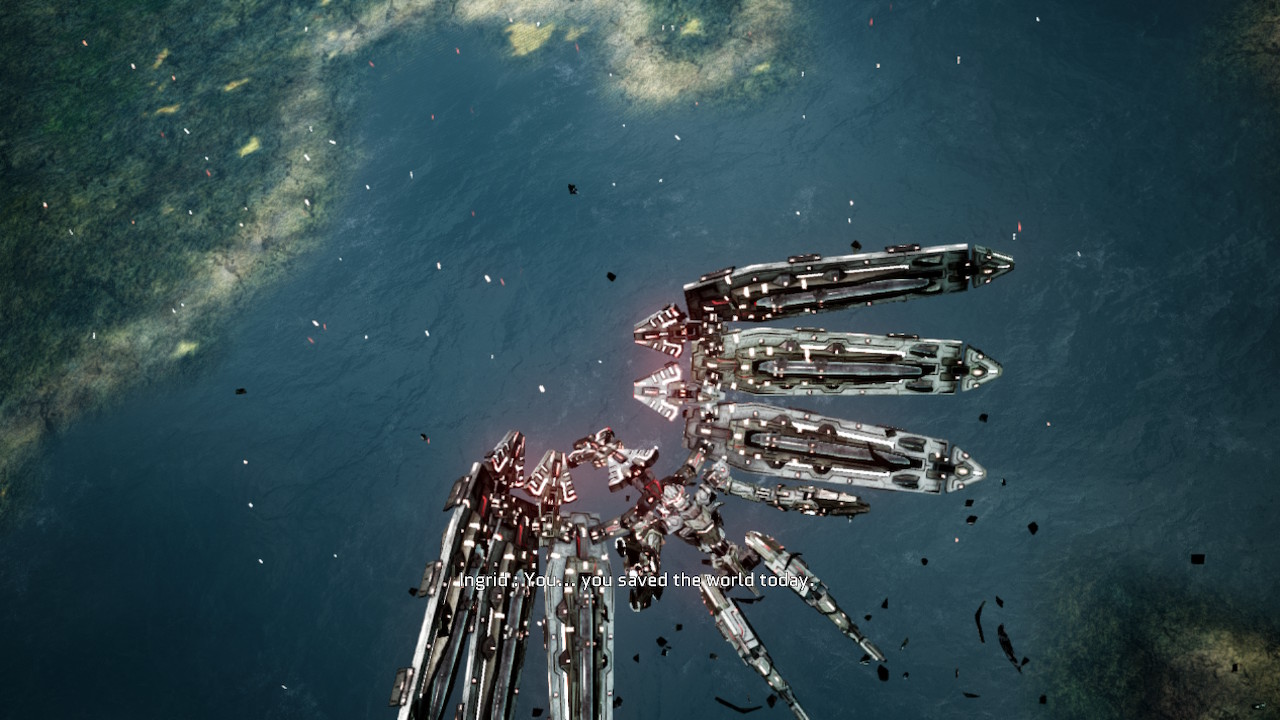
Playability
Project Nimbus: Complete Edition does not have any touch or motion controls, so you don’t have to worry about that when deciding whether to play it docked or undocked. I do very strongly recommend it for docked play with a Pro controller, however. Personally, I always find that action games play better with a Pro controller than with the Joycons, either attached or detached. Moreover, PN looks way, way better on a TV than it does on the Switch’s undocked screen, where the graphics often look cramped. I think it might lose a little detail undocked, as well. This is just a game that benefits from a big screen.
TL;DR: Fun combat, engaging enough story, and great mech designs, but it could have used some customization options.





Buy Project Nimbus: Complete Edition
$19.99
Follow GameTomo

[Review] Backpack Hero – Nintendo Switch

Developed By: Jaspel Published By: Different Tales Category: Role-Playing, Simulation…
